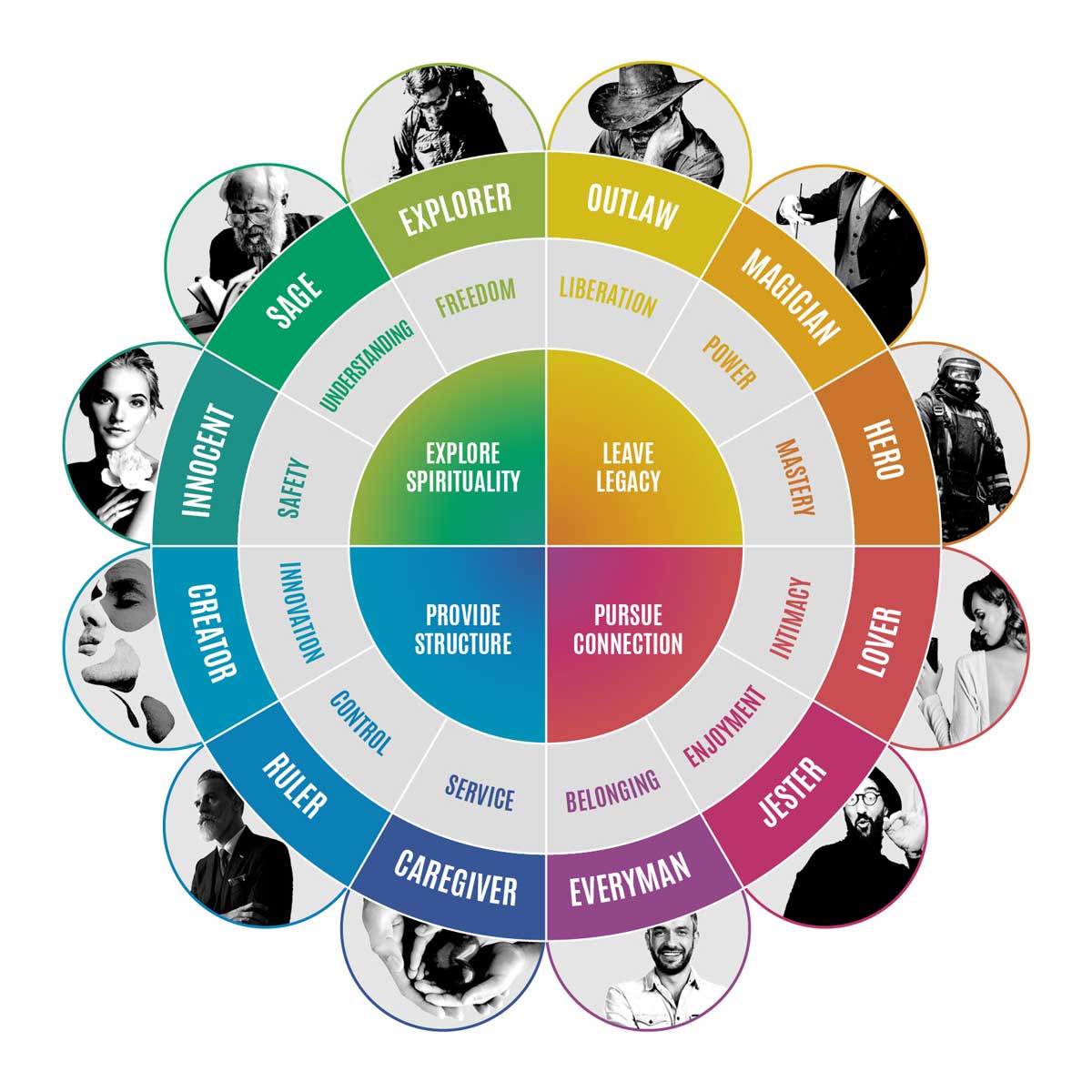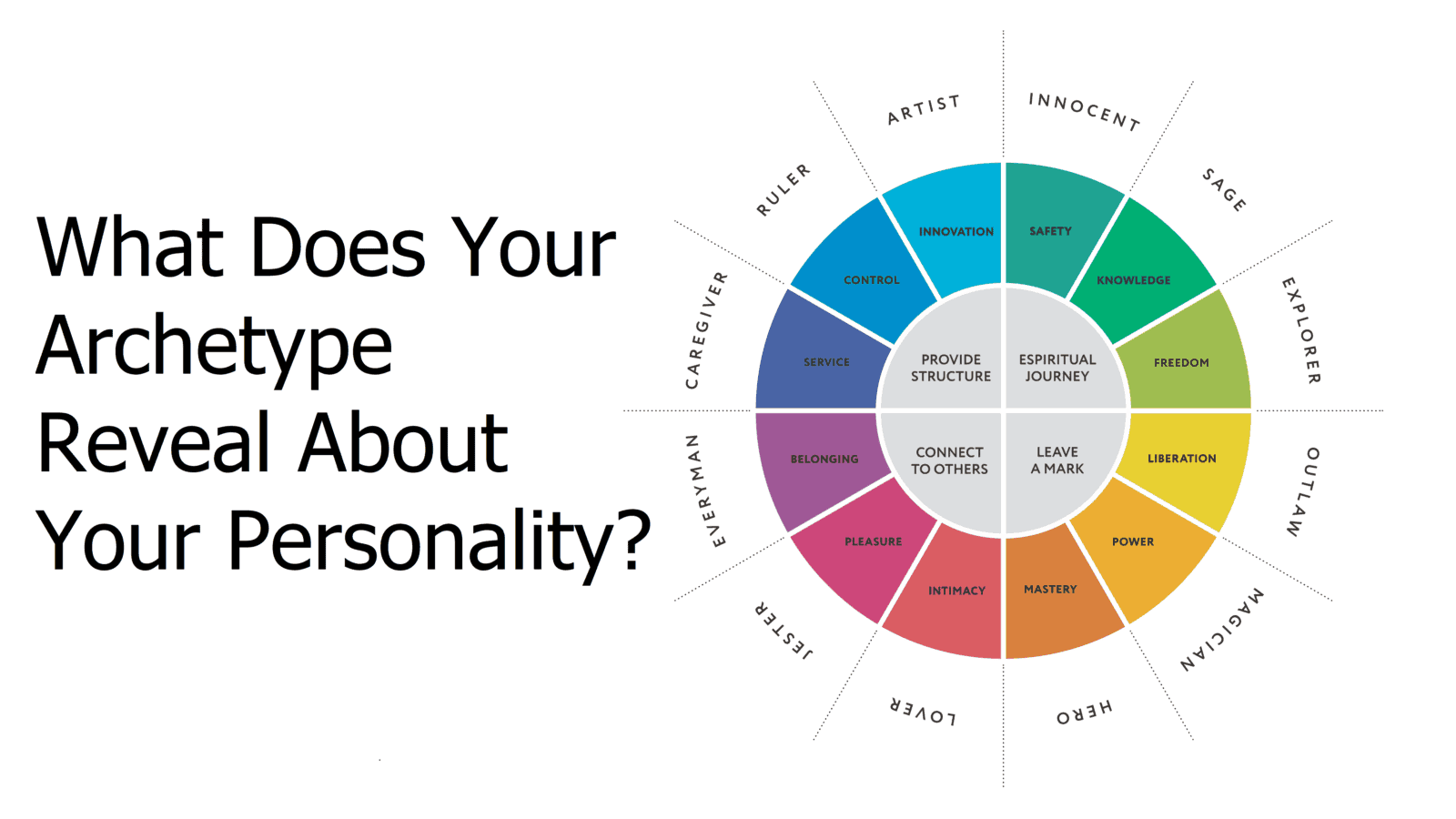Building a relationship with your customers can ensure a long and healthy relationship.
By defining what your brand stands for (your brand archetype) and its’ brand personality, you can build stronger brand affinity with your tribe of customers and key partners to support the growth of your business.
Brand affinity describes consumers who believe a particular brand shares common values with them. These shared values help build a relationship that tends to retain loyal customers for longer. This helps increase their emotional reasoning behind their purchase decisions.
The key is understanding the audience you are selling to and selling them a consistent message.
Is there a particular brand that you are attached to? Have you ever felt how connected you are to that brand?
A brand can sell or provide similar things or services but there will always be that one brand that appeals to you more than the other.
Take luxury brands Chanel and Louis Vuitton for example. Chanel tells the story of beauty, of a sensual, loving, yet powerful woman. Louis Vuitton on the other hand, tells about success, control, and refinement.
The two brands may sell similar products but they appeal to two different markets: those who admire the beauty and those who appreciate success.
In marketing, this is what you call the brand archetype or the personality that the brand portrays.
Top brands work and continue to work hard to perfect their archetype.
They may constantly re-brand but their brand personality remains the same.
They work hard to develop this personality that would appeal to their target audience even in the long run.
Are you in the process of building your own brand archetype?
How would you create the right character and persona that would perfectly fit your brand and company?
The concept behind the Brand Archetype
The overall concept of the brand archetype of brand personality began with Carl Jung, a psychologist who was working with Sigmund Freud, the famous Austrian neurologist. According to Jung, every individual has a dominant personality or trait. By embracing a personality to embody a particular brand, a company can connect to its target audience on a more personal or emotional level. They are able to show their customers or target market that they understand what they need and want. There are 12 brand archetypes according to Carl Jung: The Innocent, Everyman, Hero, Outlaw, Explorer, Creator, Ruler, Magician, Lover, Caregiver, Jester, and Sage.  1. The Innocent.
1. The Innocent.
They are honest, optimistic, simple, and joyful. They are into promoting joy and good vibes. One classic example is Coca Cola which promotes spreading happiness all around.
2. The Everyman.
They are friendly, casual, and authentic. They don’t want to stand out from the crowd and just basically enjoy being normal and average. Ikea is a good example of this brand archetype that offers affordable and easy to use products for the average people.
3. The Hero.
They are inspirational and courageous and wish nothing but to make the world a better place to live in. Nike’s ads and campaigns focused on this one.
4. The Outlaw.
They love their freedom and personal choices. The outlaws are aggressive and value change. Harley Davidson is an example of the outlaw archetype. Their campaigns focus on encouraging their audience to be bold.
5. The Explorer.
They love travelling, exploring, and the thrill of discovering. They find fulfilment in their freedom to thread in a different path. Car companies usually have this type of brand archetype because they promote smooth journeys and adventures.
6. The Creator.
They are imaginative and would often want to create things with great value. Apple and Lego are two of the most well-loved brands with the Creator archetype. Apple is innovative and wants to provide products that appeal to personality. Lego on the other hand encourages people (especially children with great imagination) to build.
7. The Ruler.
They are powerful, refined, and organized and they know what they want. They have the ability to influence other people by being dominating ones but almost always in a good way. Luxury brands like Louis Vuitton and Rolex that promote wealth and success are good examples.
8. The Magician.
They are all about making dreams come true. The Magician brands always work to turn ordinary things into something magical and a classic example is Disney which is able to insert all things magic on their films, ads, and campaigns. This does not necessarily mean an escape to reality but finding also ultimate joy in simple things.
9. The Lover.
They are sensual, passionate, and romantic. They enjoy emotional connections. Brands that focus on beauty and aesthetics use this as their brand archetype. Chanel is a good example with extremely beautiful and attractive ads targeting women.
10. The Caregiver.
They are warm, nurturing, and compassionate. Baby brands usually use this brand archetype to promote what they have. Two classic examples are Pampers and Johnson and Johnson’s whose campaigns always focus on providing security and protection. Just like what a mother would always do to her child.
11. The Jester.
They love to have fun and take things lightly. They always encourage people to laugh and loosen up a little. Jester brands are usually found in entertainment and food just like M&Ms which advocates bringing the fun to where you are with their chocolates.
12. The Sage.
They are very knowledgeable and dependable. You can lean on them for information. They are the thought leaders, coaches, and mentors. Google managed to be one of the world’s most important sources of knowledge. While it does not directly give answers but gives us a variety of options through searches, individuals look up to it and depend on the information it provides.
On Re/Creating your Brand Archetype
When building your brand, the first step you need to focus on is creating a solid identity.
People are drawn to the brand archetype and personality they can relate with. Having an archetype can help you clarify your message and attract the right target audience to your business. At Revive Me Marketing, we believe that it starts with reflecting on your business and personal values.
For instance, do you favour simplicity or outrageous decadent styles? If you are in a service-based and/or knowledge-based business?
What qualities do you and your team currently accord to your clients? This could be personalised and of the utmost quality of care with service and experience.
When working with our clients who are redesigning their websites or setting up a new one for their current or new venture, we have found that by asking your team, customers and associates on what qualities they value as part of the experience an integral process to define and/or clarify your brand archetype and personality.
You could also review this with the qualities of the twelve brand archetypes discussed before and select the one you relate to the most.
Once you determine your brand archetype, we may check with you are currently communicating these values with consistency, both your visual brand identity (logos, images and font) and brand message (taglines, slogan, narratives) to the public.
These could include presentations such as your website, social media, brochures, videos, editorials, and even press releases.
On growing with your brand affinity and attraction
Growing your brand affinity and attraction has to be intentional if we are to build a growing audience and scale our business following.
We have a brand designer with several graphic associates with capabilities to help you build your overall brand strategy, brand narratives, and messages prepared for various media and communications purposes, such as website content, press release, and social media campaigns.
By working with us, you have an on-boarding team who helps you to test and validate your message and ensure that you have consistency in your communications media going forward.
Contact us if you would like a brand assessment
We specialise in helping you clarify your brand identity and archetype, so that you can build better brand affinity, and attract the right tribe of customers and supporters to you.


